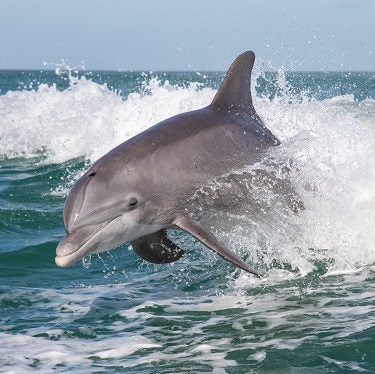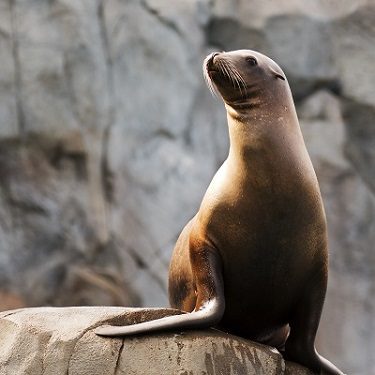Marine Life Encyclopedia
Sharks & Rays
Blue Spotted Ribbontail Ray
Taeniura lymma
Distribution
Indo-Pacific Ocean
eCOSYSTEM/HABITAT
Coral reefs and sandy flats
FEEDING HABITS
Foraging predator
TAXONOMY
Class Chondrichthyes (cartilaginous fishes) Order Myliobatiformes (stingrays)
Blue spotted ribbontail rays are named for the striking blue spots covering their body. They frequent the coral reefs and sandy flats in the Indo-Pacific Ocean, keeping close to the seafloor where they feed. These foragers dig in the sand, hunting shallow sand-dwelling animals like shrimp and crabs. They use electroreception to help locate prey, picking up on subtle temperature differences and electrical fields generated by other animals in the sand. Unlike most rays, blue spotted ribbontail rays will rarely bury themselves completely, though they sometimes will to ambush prey or when they migrate in large groups to shallow, sandy areas
This is a species that prefers to be left alone and are far more likely to swim away from a fight. The blue spots are meant to tell predators and other animals to stay away. If cornered they can lash out with the poisoned barb on the end of their tails, and that venom can prove fatal to many species, including humans.
Blue spotted ribbontail rays reproduce via eggs that grow inside the mother’s body for a period of four months to a year, and live rays are born shortly after hatching inside the mother. Female rays can have up to seven babies per litter, and the newborn rays display the distinctive blue spots at birth.
These rays are threatened around the world due to destructive fishing practices and habitat loss. They are also sometimes traded in the private aquarium trade, though these rays rarely thrive in captivity.
Get Involved

Donate Today
SUPPORT OUR WORK TO PROTECT THE OCEANS BY GIVING TODAY
With the support of more than 1 million activists like you, we have already protected nearly 4 million square miles of ocean.

TAKE ACTION NOW
Support policy change for the oceans
Decision-makers need to hear from ocean lovers like you. Make your voice heard!

VISIT OUR ADOPTION CENTER
SYMBOLICALLY ADOPT AN ANIMAL TODAY
Visit our online store to see all the ocean animals you can symbolically adopt, either for yourself or as a gift for someone else.

DOWNLOAD OCEAN ACTIVITIES
HELP KIDS DISCOVER OUR BLUE PLANET
Our free KELP (Kids Environmental Lesson Plans) empower children to learn about and protect our oceans!



